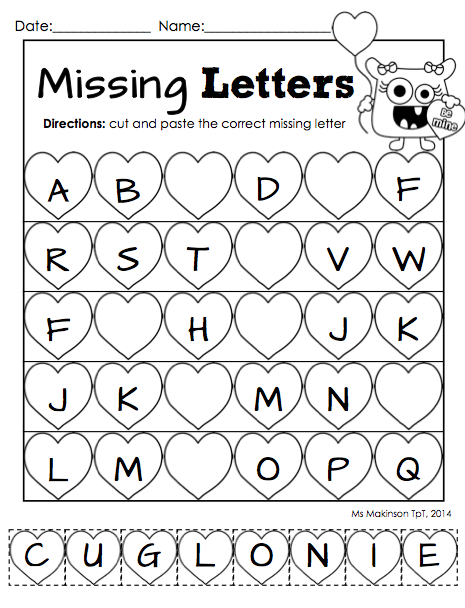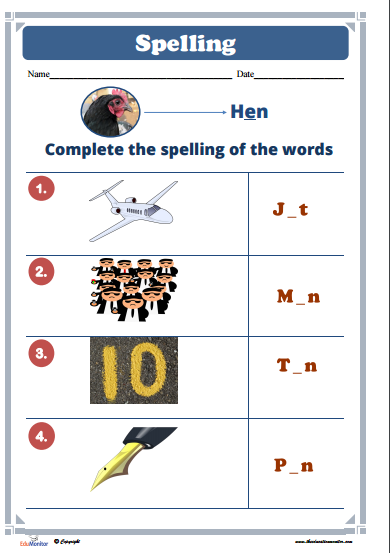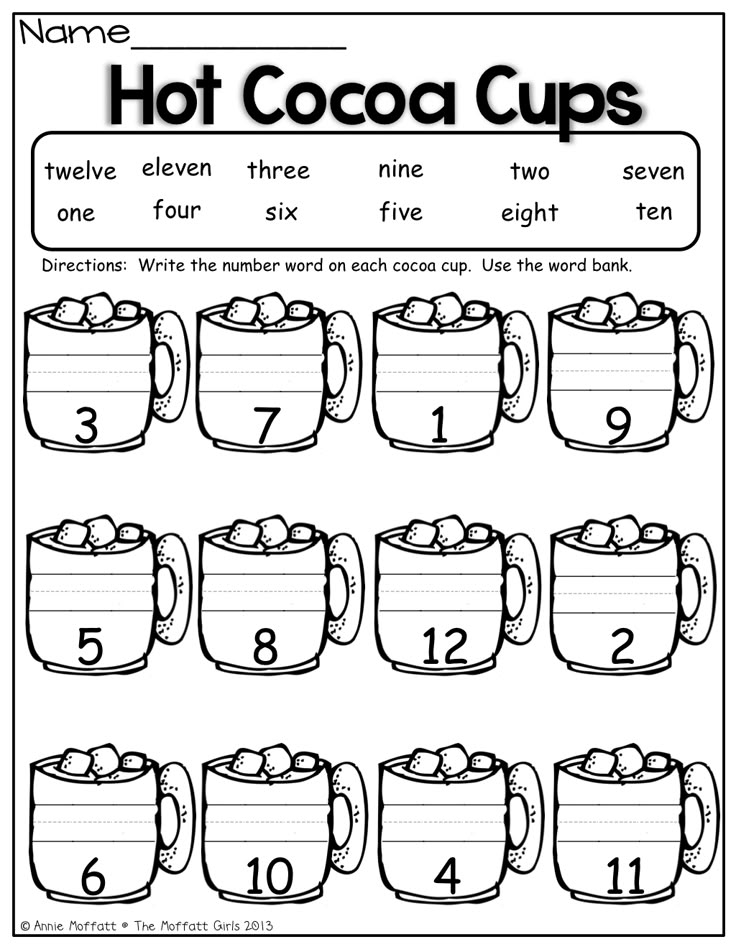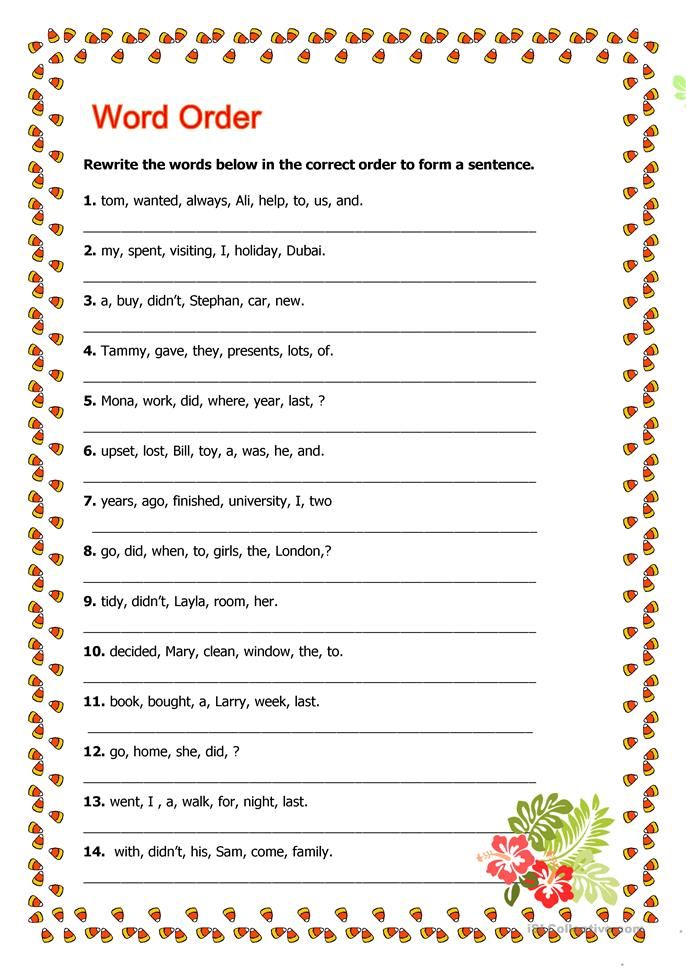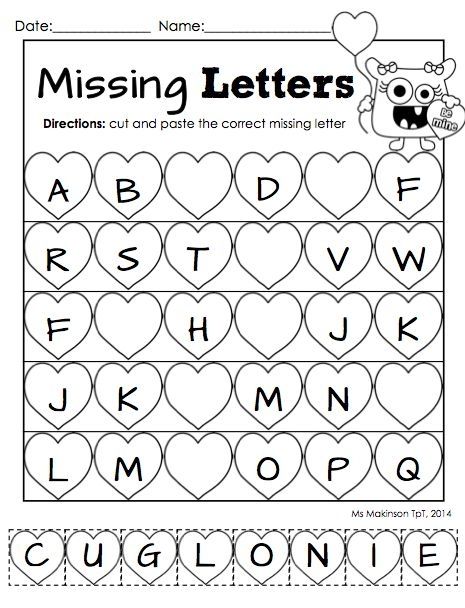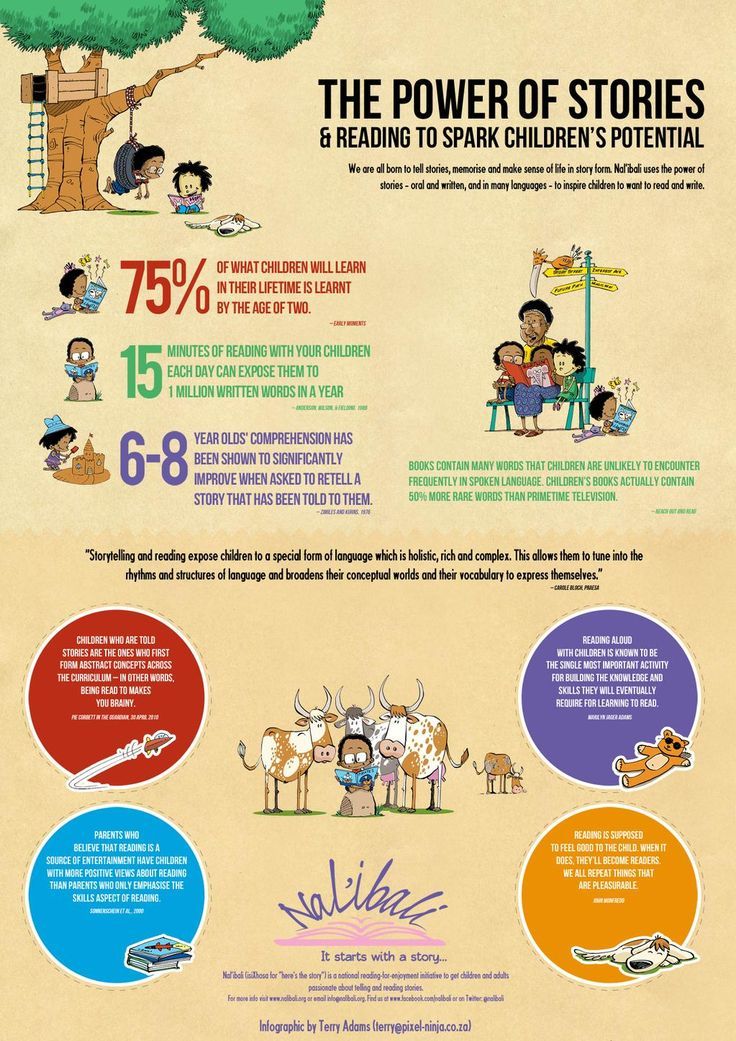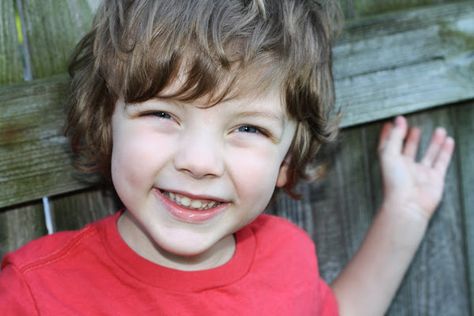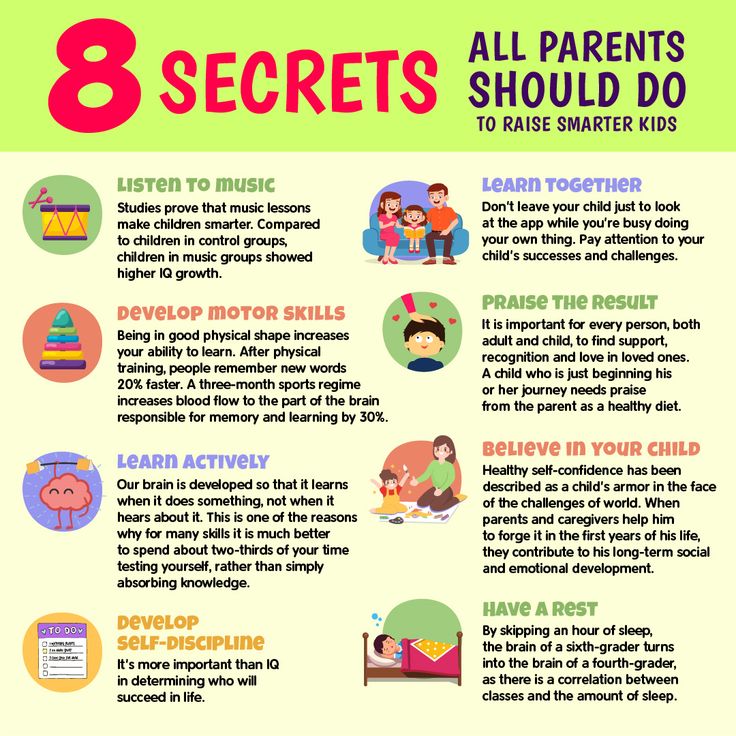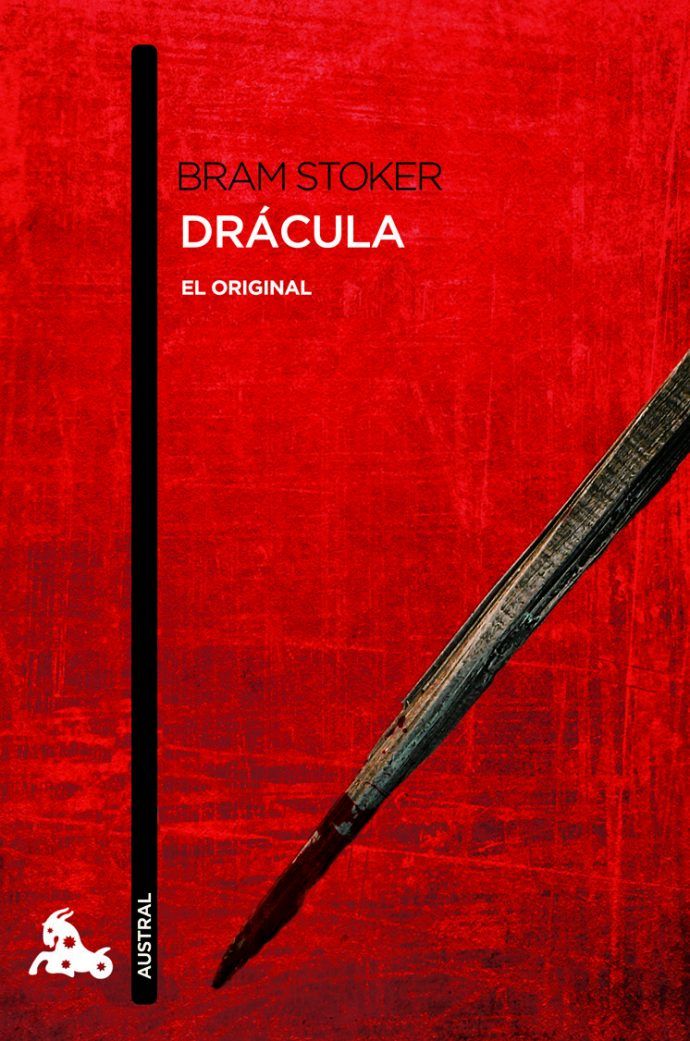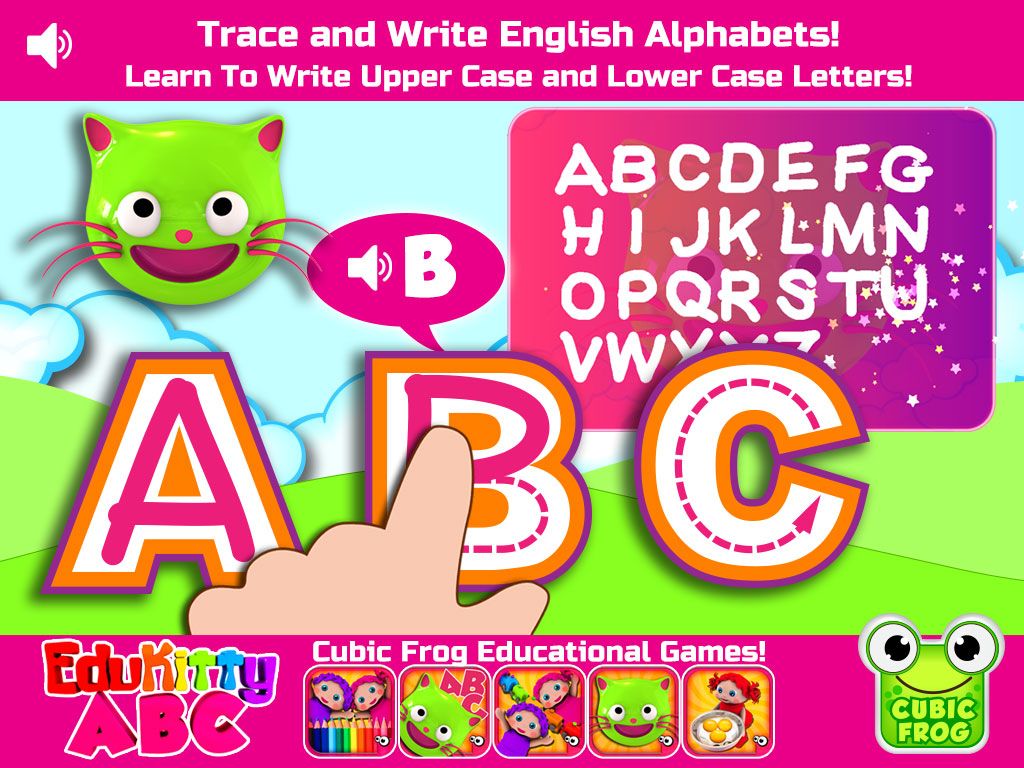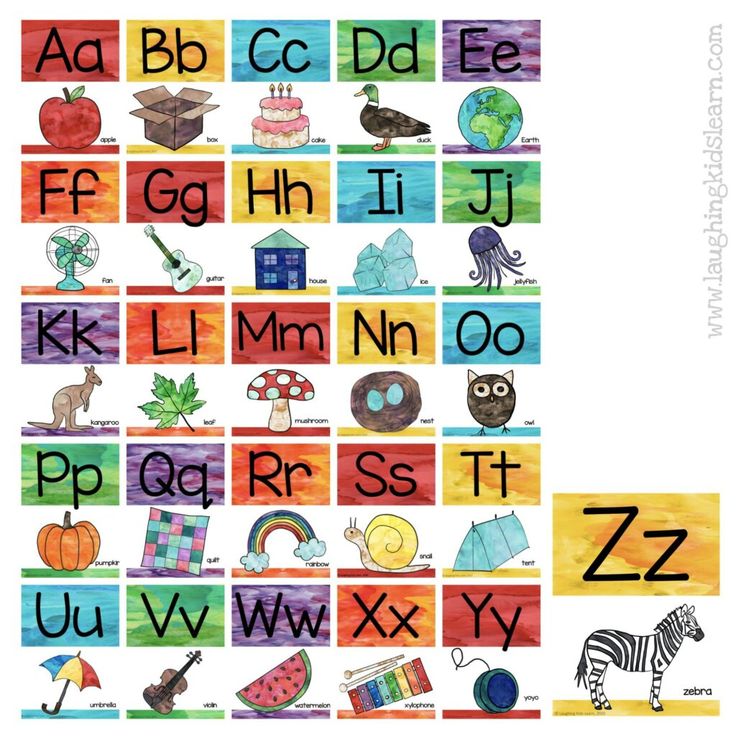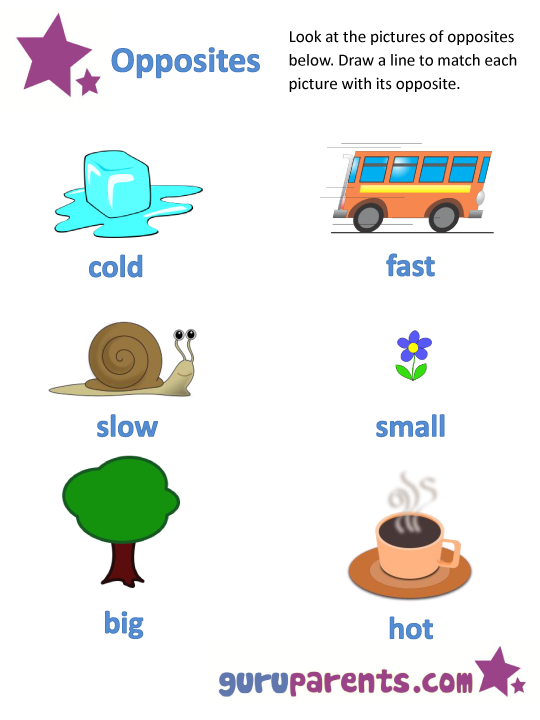Spellings for kindergarten
Words and Tips for Learning Them
It's true! Spelling for kindergarten should be simple, useful and intentional. Spelling lists and practices should not be mindless, grueling or boring.
So how can you pull this off? Use the recommendations and word lists that follow, and you'll be on the right track!
What Words Should Kindergartners Learn to Spell?1. One of the very first words every kindergartner should learn to spell is his/her name.
2. Other spelling words should be those that have everyday meaning for students and are simple to spell.
3. Kindergartners should also learn to spell words in simple word families, such as the ad, an, ap, at, ed, en, et, ig, in, ot, and ug families.
A Starter List of Kindergarten Spelling Words
Everyday Words | Five Easy Word Families |
Mom, Dad, cat, dog, sun, moon, book, look, see, yes, no, stop, go |
|
How Should Kindergartners Learn to Spell?
1. Students should learn to spell their names by repetitive use. Each time they color a paper or come to the board, ask them to write their names. Use their names frequently in classroom displays, such as chore charts, cubbyholes, and so on.
2. Students should read their new spelling words. When you assign five new spelling words, for example, also give your students short text selections that include all or most of these words. Read the text together, then ask kids to circle the spelling words and write them again on the back of the page.
3. Students should write their new words in worksheets, on the board, and in repetitive work. For instance, you can ask students to write a new word three times in a row, each time with a different color, just to keep it fun.
4. Students should spell their new words aloud.
Take two minutes of transition time to spell the new words aloud as a group. Encourage students and parents to work together on the new words at home.
5. Students should participate in fun learning games that reinforce their burgeoning spelling skills.
Keep it light, keep it fun, and keep it coming!
Spelling for Kindergarten : Activities, Games & Worksheets
Kindergarten Sight Words - Use these kindergarten sight words to strengthen early learners' reading, writing and spelling skills. When student can master these simple words as early as kindergarten, they'll be off to a great start with their language skill-building!
Letter Lines - Kindergarten printable worksheets in which students match pictures with words, then draw lines to connect letters in those words
What's Last? - A kindergarten worksheet featuring final consonants
Rhyme Time - 2 cute pages the help kids identify simple rhyming words
- Spelling Words Well›
- Spelling Word Lists›
- Word List for Kindergarten
Kindergarten Spelling Words & Vocabulary Activities
View Our Lesson Demos!
Time4Learning is an online student-paced learning system popular as a kindergarten homeschool curriculum, as an after school tutorial and skill sharpening during the summer break.
This page is a summary of curriculum topics, foundational skills and resources related to kindergarten spelling including information about:
- Kindergarten Spelling Curriculum
- Foundational Spelling Skills
- Kindergarten Spelling Words List
- Kindergarten Spelling Resources
- Additional Helpful Parent Tools & Resources
Kindergarten Spelling Curriculum Sequence
The spelling curriculum for kindergarten should cover kindergarten spelling words start with basic two letter words, or three letter consonant-vowel-consonant words, and become more complex.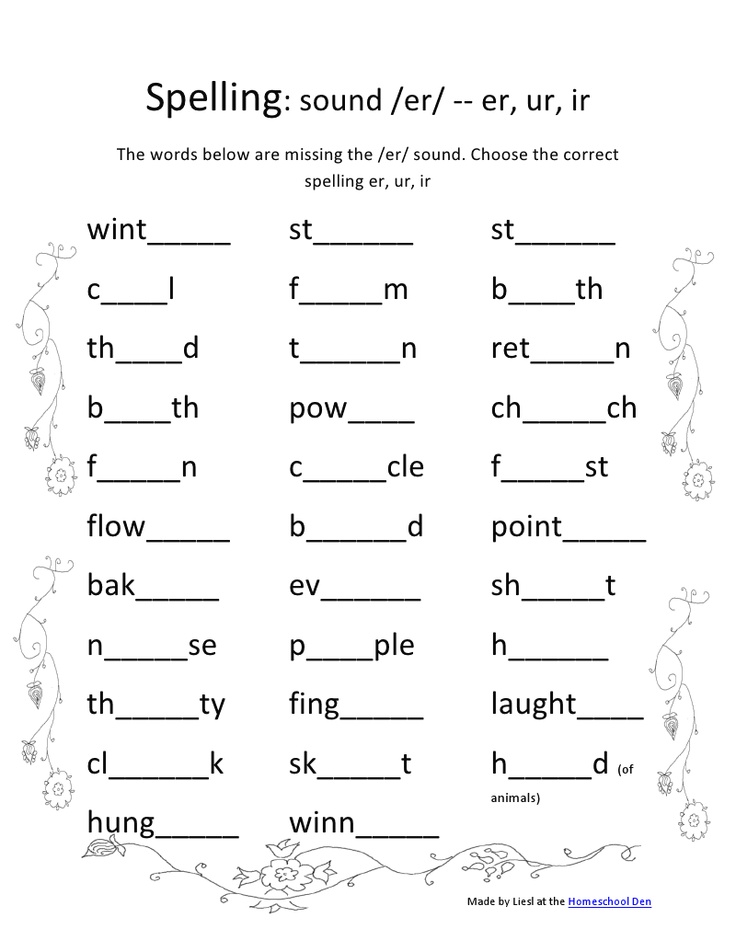
For example, spelling words can be introduced that end with a silent e, changing the first vowel from short to long, for example, with a silent-e, HOP changes to HOPE. Also the double-e sound as in SEE, FEE and TREE and double-o as in BOOK are introduced.
Another starting point for kindergarten spelling lists for the start of the year are: DAD and MOM. Children then start to expand the list by working through “word families”. From DAD, students would then learn that changing the first letter of a word would change the meaning and sound like BAD, SAD, HAD, and MAD. Also, they will learn that changing the vowel will also change the word like DID and HID.
In kindergarten, spelling skills grow to cover blends, for example, T plus R make the TR sound, such as in TREE. F and R blend to make the FR sound in FROG.
These very young children learn through spelling activities including many creative methods that make the kindergarten spelling program fun for them. Remember, every child learns at a different rate, so what works for some students, may not be the correct approach for your child.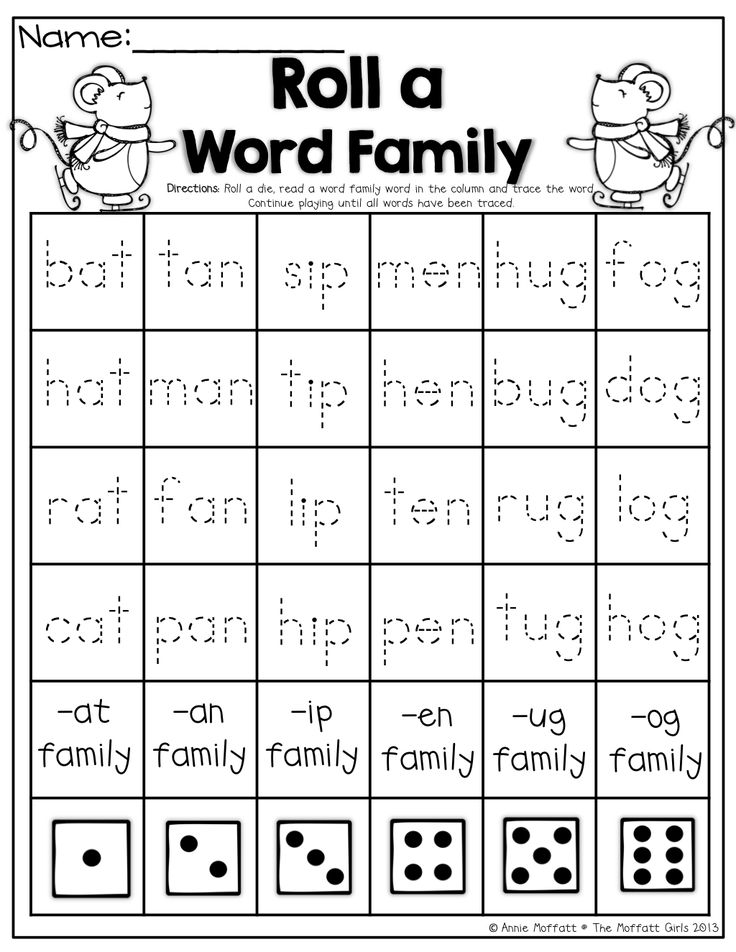 Which is why so many parents enjoy Time4Learning’s self-paced, modularized lesson plans. You can skip lessons that teach concepts your child has already mastered and repeat those he or she has not. The choice is yours.
Which is why so many parents enjoy Time4Learning’s self-paced, modularized lesson plans. You can skip lessons that teach concepts your child has already mastered and repeat those he or she has not. The choice is yours.
Foundational Spelling Skills
Spelling skills should develop as part of an overall language arts phonemic awareness, phonics, reading comprehension, vocabulary and reading fluency, grammar, reading and writing program. Children should (with help from their parents) develop their foundational spelling skills through an interest in words, regular writing, constant reading, a study of spelling rules, and playing of spelling games.
With help from their parents, children can develop and reinforce foundational spelling skills through the following activities:
- Regular writing for a head start on spelling, punctuation, and other concepts
- Constant reading or use of reading workbooks
- Frequent study of spelling rules like the relationships between letters and sounds
- Spelling bees for a fun way for your child to practice their spelling
- Playing of spelling games, quizzes or word games to help develop their spelling skills
- Structured computer spelling programs
- Personalized tutoring and assistance to boost confidence
- Setting daily blocks of time for spelling and reading activities
- Instruction through guided spelling activities like word sorts or word boxes
- Creating a rich language environment at home based on the quantity and quality of words spoken
Time4Learning teaches a comprehensive kindergarten spelling curriculum using fun activities to build a solid spelling foundation.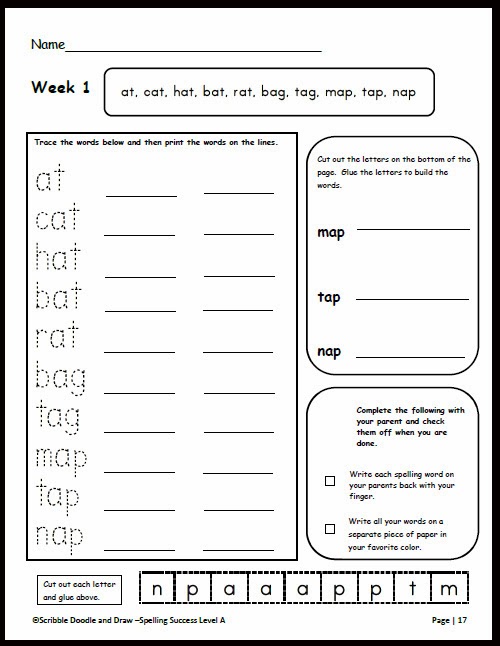 Help your child excel in spelling by trying out one of our Time4Learning’s kindergarten demos.
Help your child excel in spelling by trying out one of our Time4Learning’s kindergarten demos.
Kindergarten Spelling Words List
What spelling words should your kindergartener know? Here is a list of 40+ words that are great for use in spelling games, tests, or practice for an upcoming spelling bee. To add more value, download our Kindergarten spelling list printable worksheet with + 50words!
- bay
- day
- hay
- may
- pay
- ray
- say
- way
- fray
- gray
- by
- cry
- dry
- fry
- try
- toe
- hoe
- paw
- raw
- saw
- well
- book
- cook
- took
- bold
- cold
- fold
- hold
- mold
- sold
- doll
- game
- toy
- train
- get
- got
- say
- said
- car
- bus
Kindergarten Spelling Resources
If you’re interested in kindergarten spelling lists or vocabulary words, you might also be interested in:
- Our lesson planning worksheet can help you estimate how many lessons to have your child do each day
- Kindergarten curriculum overview with a summary of key kindergarten learning objectives
- Detailed list of Kindergarten language arts lesson plans
- Kindergarten Reading comprehension practice activities
Additional Parent Tools & Resources
Welcome to Homeschooling Guide – Are you new to homeschooling? This guide was written by seasoned homeschoolers to answer some of the difficult questions new families often struggle with.
Curriculum Lesson Plans – An overview of the number of lessons that are included for each grade and subject. All students have access to at least 2 (and in most cases 3) grade levels of curriculum for each subject, so they can move ahead or review at their own pace.
Lesson Planning Worksheet – Wondering how many lessons to have your child do each day? Estimate the number of activities per day using this easy to use, printable worksheet.
| Opographic names | Spelling Parsing | ||
| 1. 9000 The beginning of a sentence is capitalized: Tomorrow we will go on an excursion. | |||
| 2. | Capital letter in proper names | Proper names are capitalized: Russia, Natasha, Sysola. | |
| 3. | The letters i, y, and after the hissing | After the hissing (underline with two strokes) a letter is written (underline with one stroke): life, miracle, child. | |
|
| Powerful, mail, borscht. There are other cases when a soft sign between consonants is not written to indicate softness: a bridge, nails, yes. | ||
| 5. | Unstressed checked vowels in the root of the word | test word (...): mow (mows), spikelet (ear, ears). nine0007 | |
| 6. | Checked consonants in the root of the word test word (...): oak (oaks), beak (beak). | ||
| 7. | Unpronounceable consonants in the root of the word test word (...): late (to be late), dangerous (dangerous). nine0007 | ||
| 8. | Unchecked vowels and consonants in the root of the word | The spelling of these words must be remembered: station, class, feeling. | |
| 9. | Separate spelling of prepositions with other words and continuous spelling of prefixes |
| |
| 10. | Dividing b and b | In other cases, before the same letters and before the letter I, a separating b is written: explanation, family, drink. | |
| 11. | Vowels and consonants in prefixes | Went and jumped. | |
| 12. | The use of b at the end of nouns after sibilants | this is a noun of 3 declensions: rye (3 skl), rook, at the clouds (not 3 skl). | |
| 13. | Not with verbs | Not with verbs written separately: not was, hate (excl.). nine0007 | |
|
| Burn, bake, learn. | ||
| 15. | Word transfer | Slots are transferred to syllables: May-ka, Uli, Palf, Ranniya, Found 9000 |
Highlight the spelling! Why do students constantly parse words in parts
Highlight the spelling in the word, underline it with a green pen with one line, and the explanation with two, then in the next word . .. Sometimes it seems that teachers in Russian language lessons focus on highlighting spellings simply out of love for graphics. Andrey Kirilin, teacher of the Russian language and literature at the Moscow School No. 1955, explains why this is so. But I would look at this problem more broadly. Not very literate today, in fact, and adults. Non-compliance with spelling standards is sometimes demonstrated even by people who have access to a large audience: journalists, bloggers, public people who write a lot on social networks. nine0007
.. Sometimes it seems that teachers in Russian language lessons focus on highlighting spellings simply out of love for graphics. Andrey Kirilin, teacher of the Russian language and literature at the Moscow School No. 1955, explains why this is so. But I would look at this problem more broadly. Not very literate today, in fact, and adults. Non-compliance with spelling standards is sometimes demonstrated even by people who have access to a large audience: journalists, bloggers, public people who write a lot on social networks. nine0007
Mistakes are often made that even a primary school graduate should not make. Whether this is a consequence of a desire to save money on editorial and proofreading work, or the calculation that in modern society, in which we see not too much respect for the language, they simply won’t notice anything, I honestly don’t know.
Recently, for example, in a letter from an institution that lists the professional development of people working in the field of education as one of its priorities, I saw the phrase “Price regime!” I read these two words as two nouns and for some time I could not understand what this meaningless phrase meant.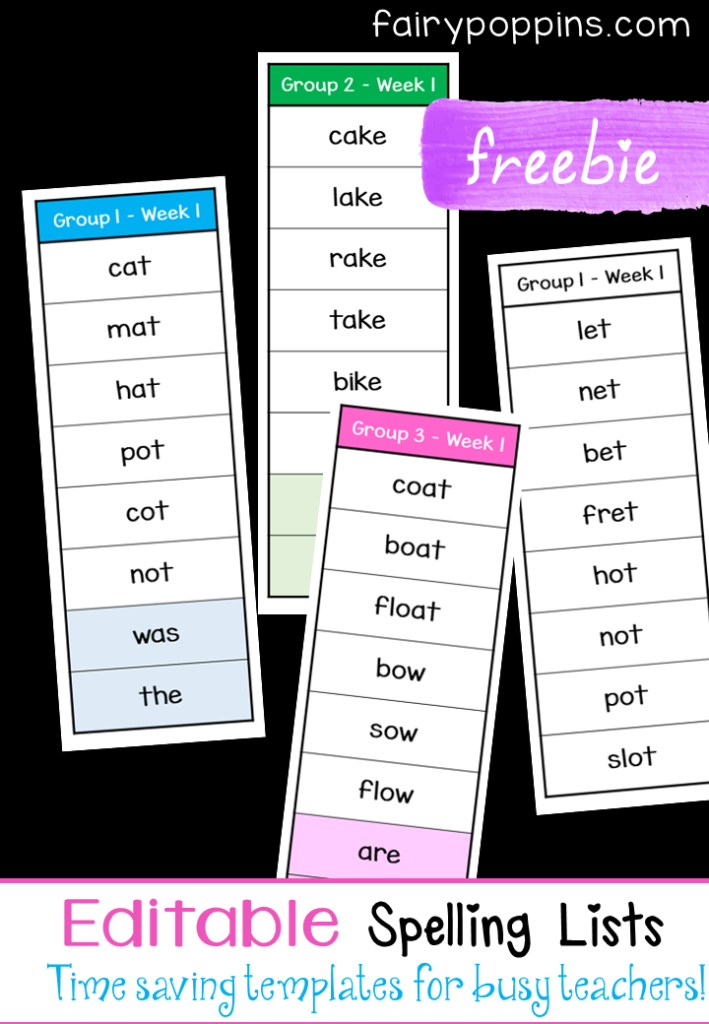 From the context, it became clear that the first word is a verb, and we are talking about the need to reduce prices: we cut prices to make the business offer attractive. A mistake was made in the unstressed personal ending of the verb - these are the basics of learning spelling. It is unfortunate that the incorrect spelling here not only interferes with the perception of meaning, but also casts a shadow on the reputation of the organization. nine0007
From the context, it became clear that the first word is a verb, and we are talking about the need to reduce prices: we cut prices to make the business offer attractive. A mistake was made in the unstressed personal ending of the verb - these are the basics of learning spelling. It is unfortunate that the incorrect spelling here not only interferes with the perception of meaning, but also casts a shadow on the reputation of the organization. nine0007
Why do we underline
The practice of underlining spelling in a word (with one dash - the spelling, with two dashes - the letter that allows you to check the spelling) is part of the traditions of the Soviet school. We do not refuse anything and do not introduce anything essentially new.
And then - the question of the individual work of the teacher. For example, I like the analytical way, when children work on spelling using a notation that looks like a mathematical fraction.
Analyzing a specific case, we ask ourselves the question: where exactly, in what part of the word is the spelling, what part of speech the word belongs to, and only then we either select a test word, or remember how the word is spelled if it cannot be checked. Or remember the spelling rule. nine0007
Or remember the spelling rule. nine0007
Graphic highlighting helps to see spellings, allows the teacher to convey to students the idea that you need to be careful when writing each syllable, each letter in the composition of a word. Especially if it is connected with some separate parts of the word - morphemes.
For example, taking the noun "mode", we will say that the spelling at the root of the word cannot be checked. Plus, there is one more spelling here - “Invariable combinations of letters zhi-shi”.
The spelling of one or two letters "n" in the words of various parts of speech in school practice is usually associated with the study of the spelling of a particular thematic block
That is, we find out that there is one rule for nouns, another for adjectives, and in the case of adverbs and participles, its own law applies. When the material on this issue has already been somehow accumulated, it is convenient to use just such algorithms when we choose the correct spelling step by step.
That is, we stop at each word that needs to be written "n" or "nn", ask ourselves questions, and in the case of an affirmative or negative answer, either move further in search of an explanation, or stop at the chosen spelling. nine0007
An even clearer example is with the spelling "not" with different parts of speech. Having stopped in the sentence "A small river flowed nearby" on the word "small", we ask ourselves if this word is used without "not". We answer that, yes, it is used, and this is not a verb, not a verbal word, so we move on, see if there is an opposition to the word that reinforces the negation, we try to find a synonym without “not”: small - that is, small, which means “not” - a prefix that is written together as part of a word. nine0007
It is important to be able to see the spelling in a word, and this is exactly what the notation I mentioned above contributes to. It teaches the idea that a spelling is a fragment of a word in which there are spelling options, and only one of them is correct.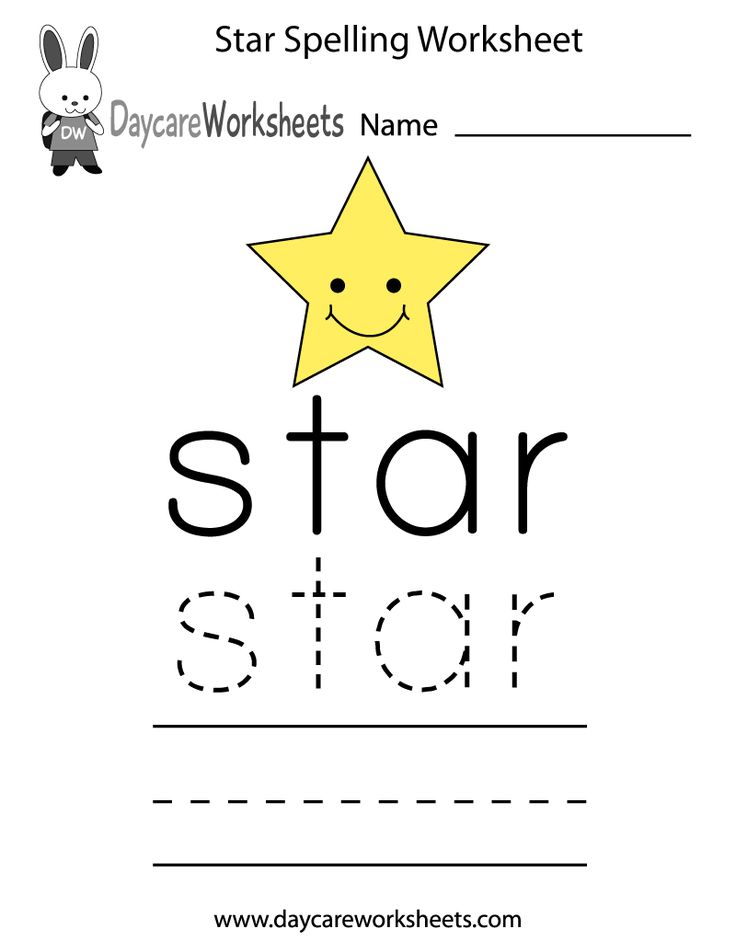 The basis of spelling in its spelling part is a choice based on the use of a familiar algorithm.
The basis of spelling in its spelling part is a choice based on the use of a familiar algorithm.
This approach develops the ability to see the spelling, classify, and recognize it. Naturally, any methodology must be balanced: it is important that the school does not discourage the child from the desire to analyze, improve in everything, including spelling. nine0007
Why high school students need spelling
Spelling is especially in demand in elementary school and early secondary school, when children develop the skill of literate writing. But it would be good to periodically return them to this, regardless of what stage of schooling the students are at.
For example, I sometimes demand from my 11th graders that they show spellings and highlight them graphically - using various kinds of conventions. After all, it is important to consolidate the skill of literate writing at any age, and this is one of the ways of such consolidation. nine0007
High school students are sympathetic to the fact that we again and again turn to spelling
This does not seem to them "childish", a return to their glorious initial past, marking time.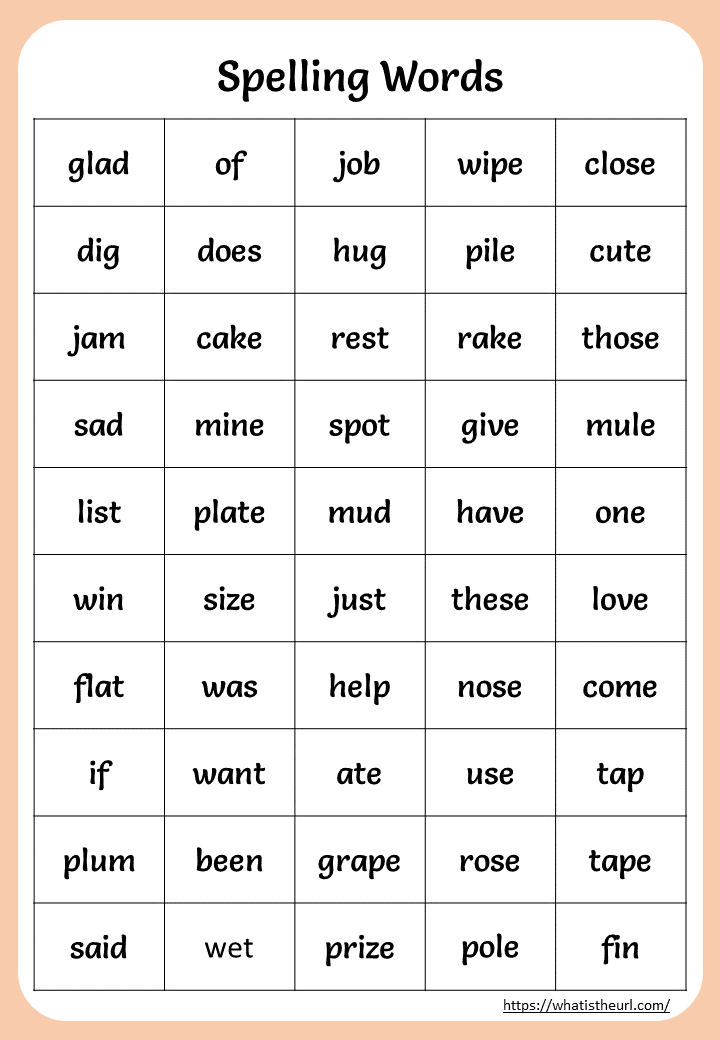
In those lessons that are specifically related to spelling, we do this all the time, this is part of our educational practice. If we turn to syntax, analysis can be done when we meet, for example, some interesting word and when there is a need to refresh one or another spelling direction. In this regard, algorithms are just more convenient for us, because they allow us to more accurately characterize the phenomenon that we are talking about at the moment. That is, we do not recall the material in full, but we are talking about exactly the phenomenon that we met in a specific text. nine0007
I am not inclined to think that there is a global redistribution of resources for studying the Russian language, a strong shift in emphasis. Spelling has been, and still is, given a lot of attention. Although the overall percentage of illiteracy also has to be taken into account.
Perhaps, in the past, the spelling of a word, various methods of graphical selection of spellings were not used so actively
But with the increasing desire to rely on the visual perception of information in modern life, their role has increased significantly.